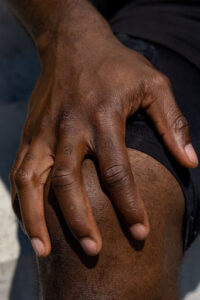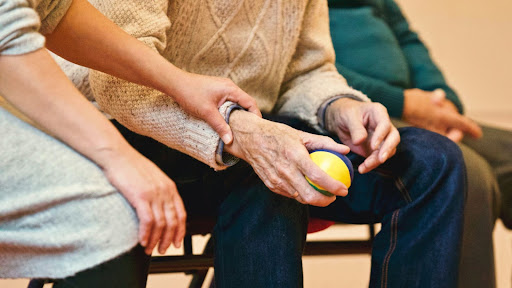It is very common to suffer a dislocated kneecap, often caused during sporting activities or dancing. Sudden changes in direction or a high-impact blow to the knee are the main causes, with the kneecap coming out of its groove. In more severe cases, supporting tissues can also be torn or stretched, causing further injury.
If you believe you have suffered a dislocated kneecap, don’t fret. It is a common injury and you should not suffer any long-term effects. However, it is important that you follow a certain course to minimize injury and enhance the recovery process.
Know the Symptoms
If you’re suffering from a suspected dislocated knee, you need to know the symptoms to watch out for. You could, for example, be suffering from a knee fracture or another similar injury.
The Knee is “Giving Away”
When you suffer the initial injury, the most common sensation is one of feeling like the knee has just “given way”. It is also common to hear or feel a pop; many also feel a sense of a tear at the point of injury.
Swelling or Knee Looks Abnormal
If your knee is swollen, it’s not necessarily a dislocation. However, it often does occur. In addition, patients who suffer dislocations on the outside will often see/feel an abnormal bulge on the outer point of the leg.

Limited Range of Motion
Dislocation of the kneecap will limit your range of motion. In most cases, you will not be able to fully extend your knee, and attempting to push beyond the limits will cause severe pain.
Consult Your Doctor
Should you be one of the lucky ones, your dislocated kneecap will lock back into place spontaneously. However, it is still a good idea to check with your doctor just to make sure that everything is in order.
However, if your kneecap has not reduced on its own, medical attention is absolutely essential. Your doctor will need to manipulate the kneecap back into place; the maneuver is known as a ‘reduction’. It is also possible that you will have to undergo an X-ray just to make sure there is no other damage. In rare cases, surgery may be required.
Do not attempt to reduce your knee at home. It requires a specific maneuver and you may cause more damage, affecting your long-term rehabilitation. Leave it to the health professionals.
Take Paracetamol or Ibuprofen
To minimize swelling, you may wish to take paracetamol or ibuprofen. Of course, ensure that it is safe for you to do so, particularly if you happen to have any pre-existing conditions.
You can continue using these two products during the recovery process without issue. Do not take more than what it says on the packet, and do not combine medications. Consult your general practitioner if the pain does not subside.
RICE RICE baby
Once your kneecap is back in place, keep the RICE method at the forefront of your treatment plan. It can be a bit of a hassle, as it gets in the way of your daily activities, but it’s an essential part of the recovery process:
- Rest. Load up Netflix and relax.
- Ice. Use ice wrapped in a tea towel and apply directly to reduce the swelling.
- Compression. Ideally with prior direction from a physiotherapist, learn to wrap compression bandages on the knee.
- Elevation. Elevate the knee as often as possible, aiming at just above heart level.
Follow Physiotherapy Plan
Knee dislocations require a specific treatment plan from a physiotherapist, which will not only help you recover more quickly, but you will also put yourself in the best position to avoid injury going forward.
The exercises will be quite boring and you will often be left wondering whether they actually help. They do! It is important you follow them. It will only take you a few minutes per day, and they can be done at home without equipment.
Wait for your Knee to Heal
Finally, the best thing to do when it comes to any injury is to give it the appropriate time to heal. Being impatient is what will get you into even more trouble, so it’s worth letting your body do its thing before pushing it beyond its limits.
According to the NHS, the injury will usually take around six weeks to heal. Don’t try and hurry the process along. Don’t take any chances with your body, follow the rehabilitation plan closely, and you’ll be back to your usual physical activities before you know it.






















